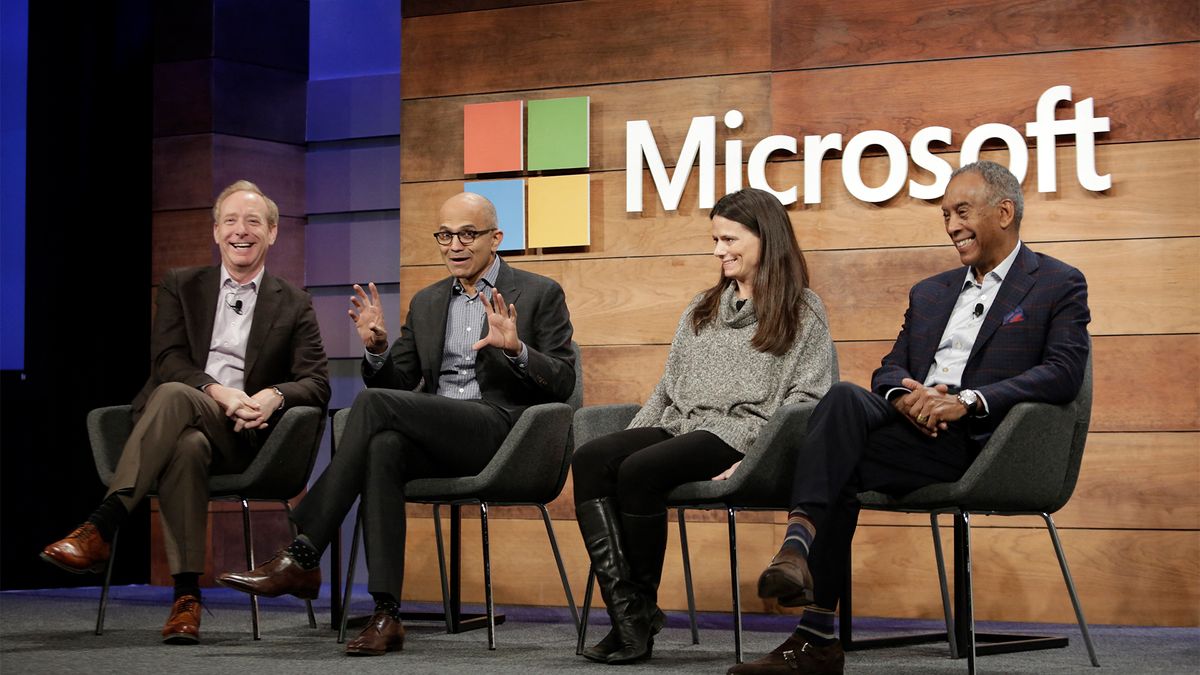Microsoft forecasted slowing growth in its Azure business at the firm’s most recent earnings call, with company executives noting that demand is currently outstripping capacity.
Amy Hood, Microsoft’s CFO, said the tech giant predicts a growth rate of 31% to 32% in Azure, falling below the average analyst expectation of 32.25% according to reporting by Reuters.
Hood also said the contribution of AI to Azure growth would remain roughly the same as last quarter, owing to capacity constraints. Demand continues to be higher than available capacity, Hood said.
That being said, Microsoft expects Azure growth to accelerate in the second half of the year as available AI capacity increases and allows Microsoft to serve more of the growing demand.
When questioned by an analyst over the perceived constraints to building out this capacity, Microsoft CEO Satya Nadella said the firm remains confident despite facing some challenges.
The speed at which demand for AI arrived is one such challenge, Nadella explained. Taking the opportunity to talk up Microsoft’s AI credentials, he mentioned that all the big products of the AI boom – including ChatGPT and Copilot – are running on Microsoft platforms.
“I mean pick the top 4 or 5 products of this generation. They’re all sort of in and around our ecosystem. And so, therefore, we ran into a set of constraints, which are everything because DCs (data centers) don’t get built overnight,” Nadella said.
There is also the issue of power, which Nadella described as a short-term constraint. Some of the demand issues Microsoft has can be attributed to third-party issues, he said.
“In the long run, we do need effective power and we need DCs. And some of these things are more long lead. But I feel pretty good that going into the second half of even this fiscal year, that some of that supply/demand will match up,” he said.
Demand outstripping capacity isn’t a problem restricted to Microsoft. According to research from CBRE earlier this year, there were 601 Megawatts (MW) of data center up-take in 2023 compared to just 561 MW of new supply.
Regional power limitations are also causing issues, with JLL’s data centers global outlook report 2024 explaining that huge power demands are causing a scarcity of data center colocation supply.
There are more than 1,000 data centers in operation globally as of August 2024 with hyperscale data centers booming and currently accounting for over 40% of total data center capacity.
Source link
